by Roger Blanco
Of the nearly 400 different bird species to have been recorded in Cuba, 28 are endemic. That is, these species are unique to Cuba and do not occur naturally anywhere else on the planet. Here is a sample of 6 of the most interesting & beautiful endemic Cuban birds species.
The Cuban Trogon
The Cuban Trogan (Tocororo, Priotelus temnurus) is the national bird of Cuba and relatively prevalent in any forested area of the island. Trogons are a particularly beautiful and colorful family of birds found in tropical forests around the world. The Quetzal of Central American (Guatemala and Panama) is probably the most famous species of this family, however the Cuban Tocororo is no exception when it comes to beauty. Its striking tail pattern mimics the Cuban flag both in form and color. No doubt this peculiarity helped it to gain selection as Cuba's National bird over a century ago. The bird is also a symbol of freedom, because if it is put in a cage, it will try so desperately to escape that it invariably dies from injuries caused by the impact of striking against the bars of the cage.
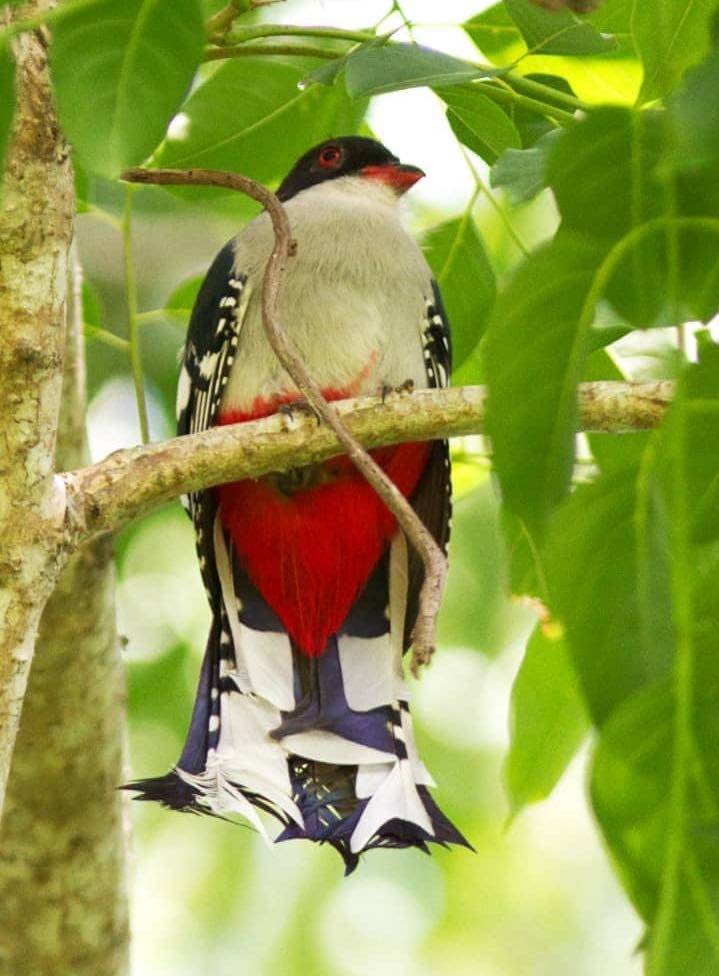
Photography challenge: Tocororos aren't especially timid or rare, so it isn't difficult to take a photo of one. However the challenge is to get a photo where the bird's tail is showing 5 well defined stripes, just like the Cuban flag. The photo shown here isn't a bad attempt. Come to Cuba and accept the challenge!
The Cuban Tody
The Cuban Tody (Cartacuba or Pedorrera, Todus multicolor) is no bigger than 2 inches long, and is one of only 5 species of Tody birds that are found only in the Caribbean on different islands. This little jewel lives close to fresh water, and makes its nest in cavities of river banks. We think there should be a color called "tody green" to descirbe the unique and beautiful shiny green of this bird's feathers.
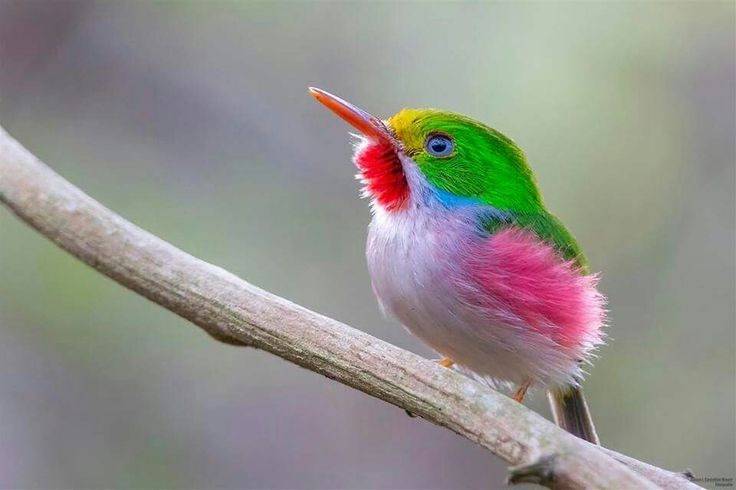
Photography tip: Despite being such a small bird, its call is really loud. If you wear camouflage colors, walk slowly, and avoid camera flash, you may even get one sitting on your knee!
The Cuban Pygmy Owl
The Cuban Pygmy Owl (Sijú Platanero, Glaucidium siju) is a tiny and very cute Owl. In fact, it is one of the smallest in the world. It is the most populous of owls in Cuba and can be seen during the day. The Pygmy Owl makes its nest in tree holes originally made by woodpeckers. .
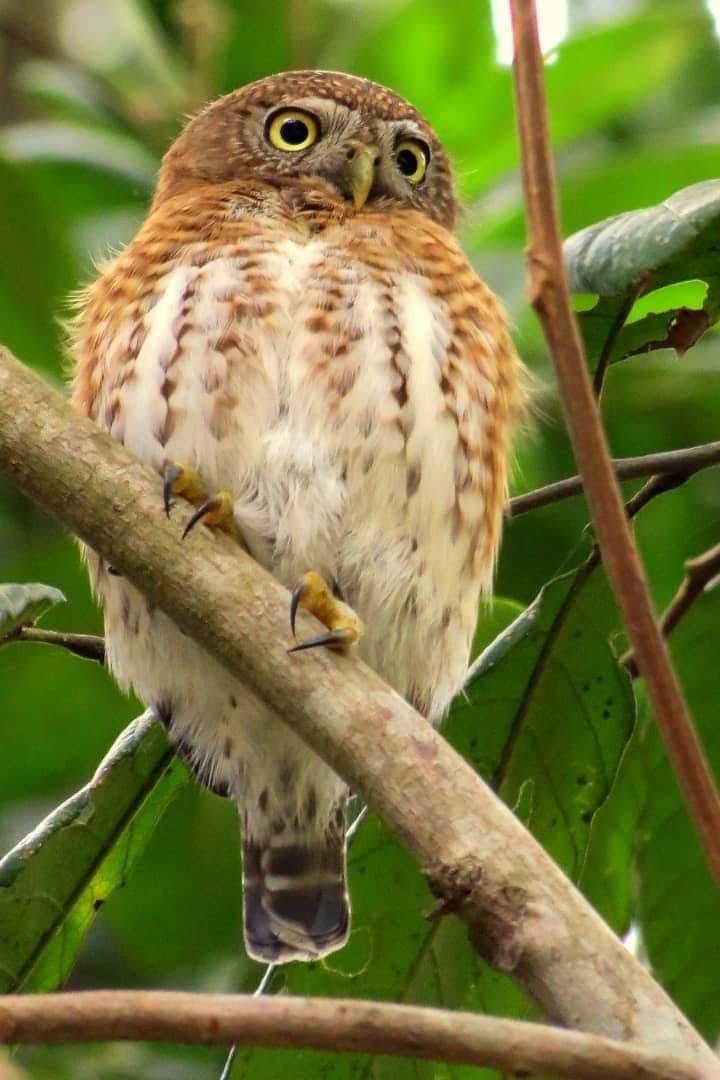
Photography challenge: Capture it fighting with a kestrel for a lizard, which happens more frequently than you might think
The Bee Hummingbird
The Bee Hummingbird (Zunzuncito, Mellisuga helenae) is the crown jewel of Cuban fauna! It is famous for being the smallest bird in the world and is a principal reason that many birdwatchers and ornithologists visit Cuba. The photo shows the male with its bright red iridescence on his head in mating season. The female has only the blue and green iridescent colors.
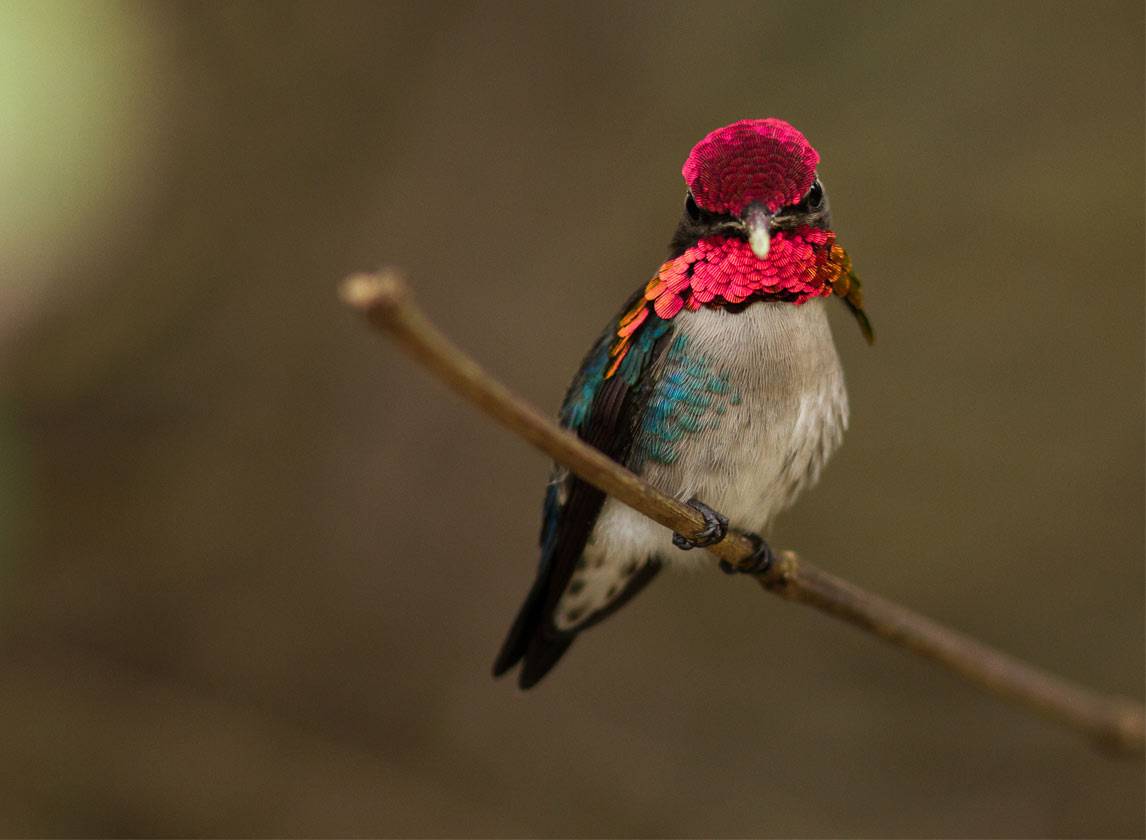
Photography tips: There is a private project to keep and protect this bird in the small town of Palpite, close to the Zapata swamps. Bernabe’s garden is full feeders and plants the Zunzuncito loves. The one magical experience is to hold a tiny branch from the blossoms it is attracted to and wait. If you are lucky the bird will come to you and you should be able to feel the soft breeze produced by its wings - as if a tiny fan is blowing on yor hand.
Extinct Endemic Species of Cuba
Tragically 3 of the 28 species of birds endemic to Cuba are now extinct and 1 other is critically endangered (possibly extinct). The conquistadors arrived to Cuba in 1514, and since then 70% of the original virgin forests have been lost. One consequence is that some species became extinct in a relatively short period of time.
The Cuban Macaw
The Cuban Macaw (Ara tricolor) disappeared by the end of the 19th century. The feathers of this stunningly beautiful bird were used to make handheld fans (abanicos). Some birds were caught and traded to as far away as Europe where today there are as many as 19 preserved skins in different natural history museums.
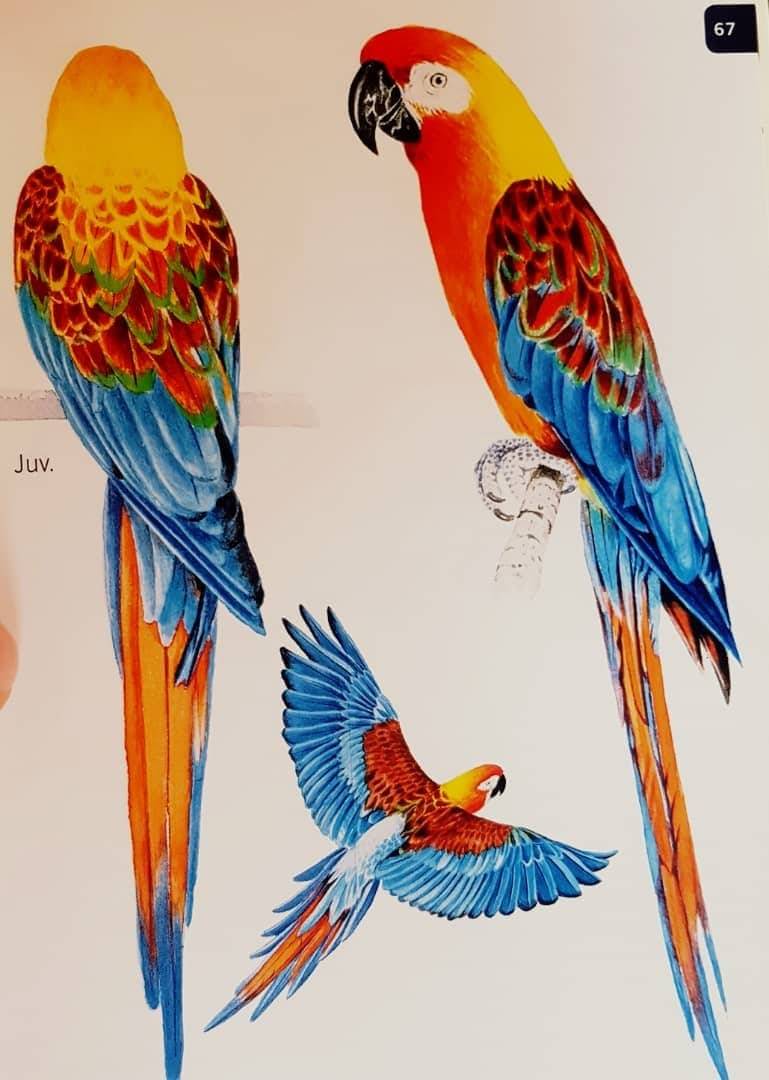
The Cuban Ivory-billed Woodpecker
The Ivory-billed woodpecker (Carpintero Real, Campephilus principalis bairdiir) was last seen in 1987. It was one of the largest woodpeckers in the world and considered to be the "Holy Grail of Ornithology". Its habitat was old growth forest and it depended on a plentiful supply of dead or dying trees not only to make its nests but also because the dying wood was the home of one of the cornerstones of its diet - beetle larvae. Some people are still holding onto hope that this species may still exist. As much as 80% of suitable habitat in mountain areas of Cuba has yet to be extensively searched.
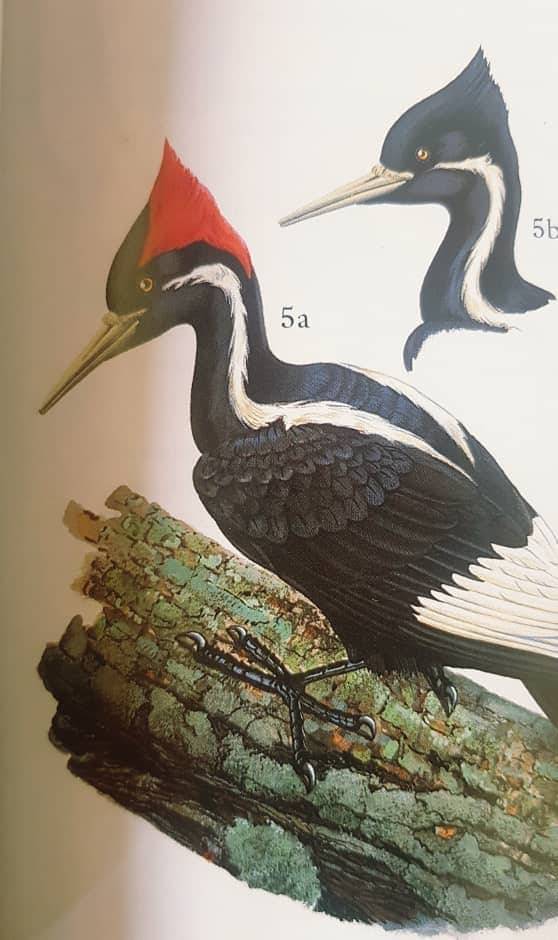
Photography tips: Head to the Sierra Maestra mountains near Santiago de Cuba and trek deep into the forest. If you happen to take a photo of one you will become instantly famous in the bird-wathcing world.
A Poem by the Author & Photographer
To contemplate the world around us, to sit and watch, some say is human…
To dry rivers, to exploit wilderness, to steal the skin of animals, to hunt and predate… that could also be human…
But respecting the forest, understanding animals, to help and protect, which is by definition ‘to be humane’, must desperately become a human thing.
by Roger Blanco
Recommended Literature for Further Study
- Endemic Birds or Cuba: a field guide - Navarro, Nils. Ed. Nuevos Mundos, 2015. 168p. A highly recommended book on Cuban Endemic Birds with a totally holistic and new approach as an interactive field guide for experts and every birdwatching aficionado. The photo of the Cuban Macaw is taken from this book.
- Aves de Cuba - Garrido, Orlando and Arturo Kirkconnell. Ed. Cornell University Press. 2011. 287p. The photo of the Ivory-Billed Woodpecker is taken from this book.
Recommended Tours
Cuban Adventures runs a very affordable 9 Day Birdwatching Tour of Cuba with local guides and accommodation.
The tour travels to the different national parks in Cuba where there is a good chance to see between 20 and 24 of the endemic Cuban bird species.
More Photos
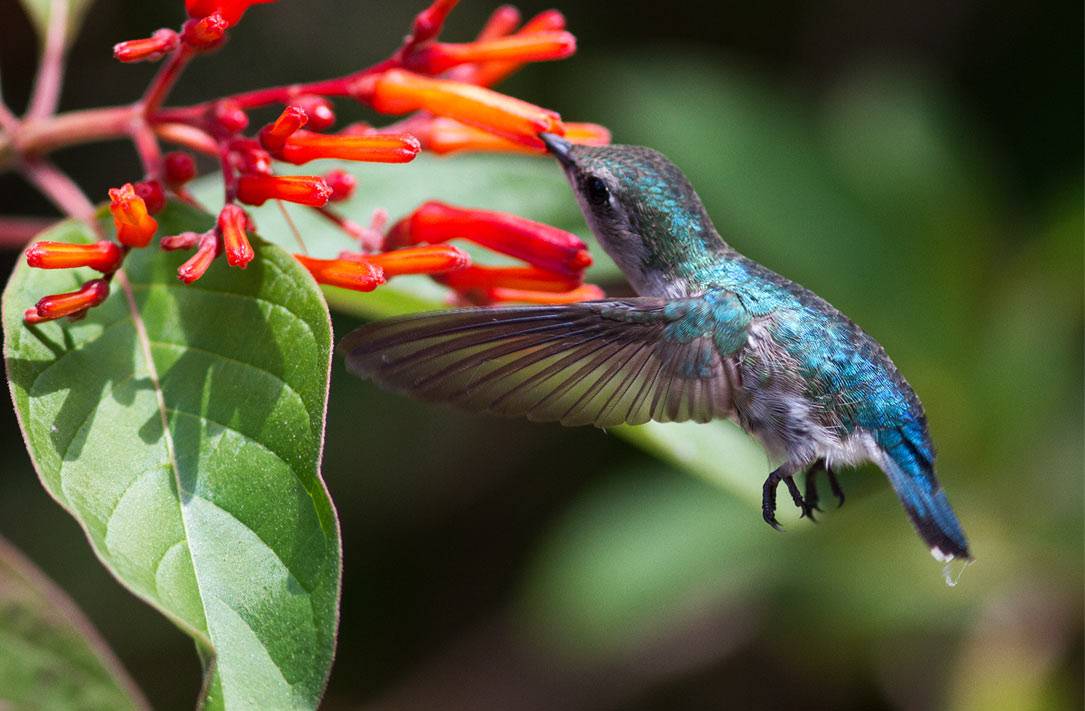
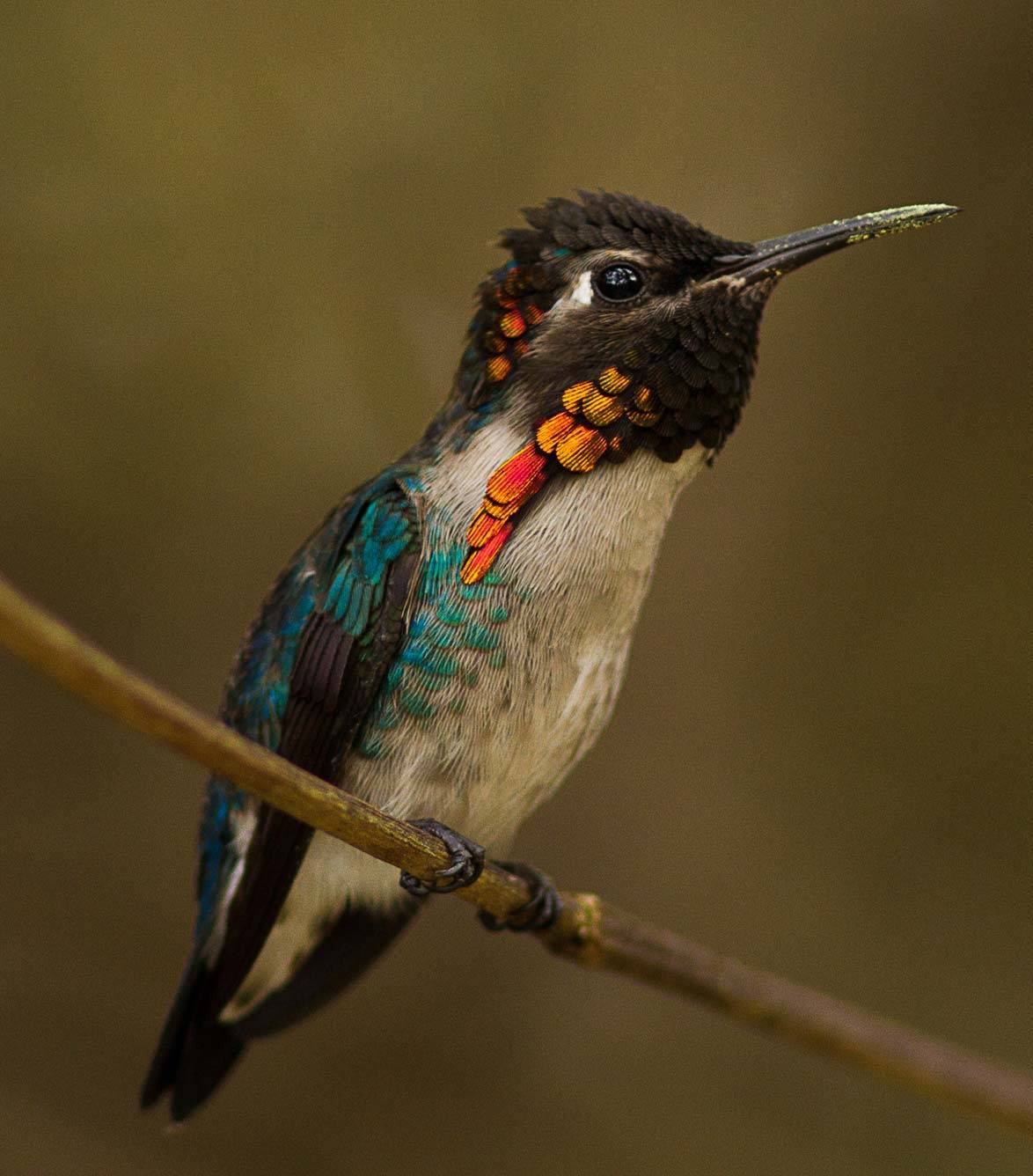
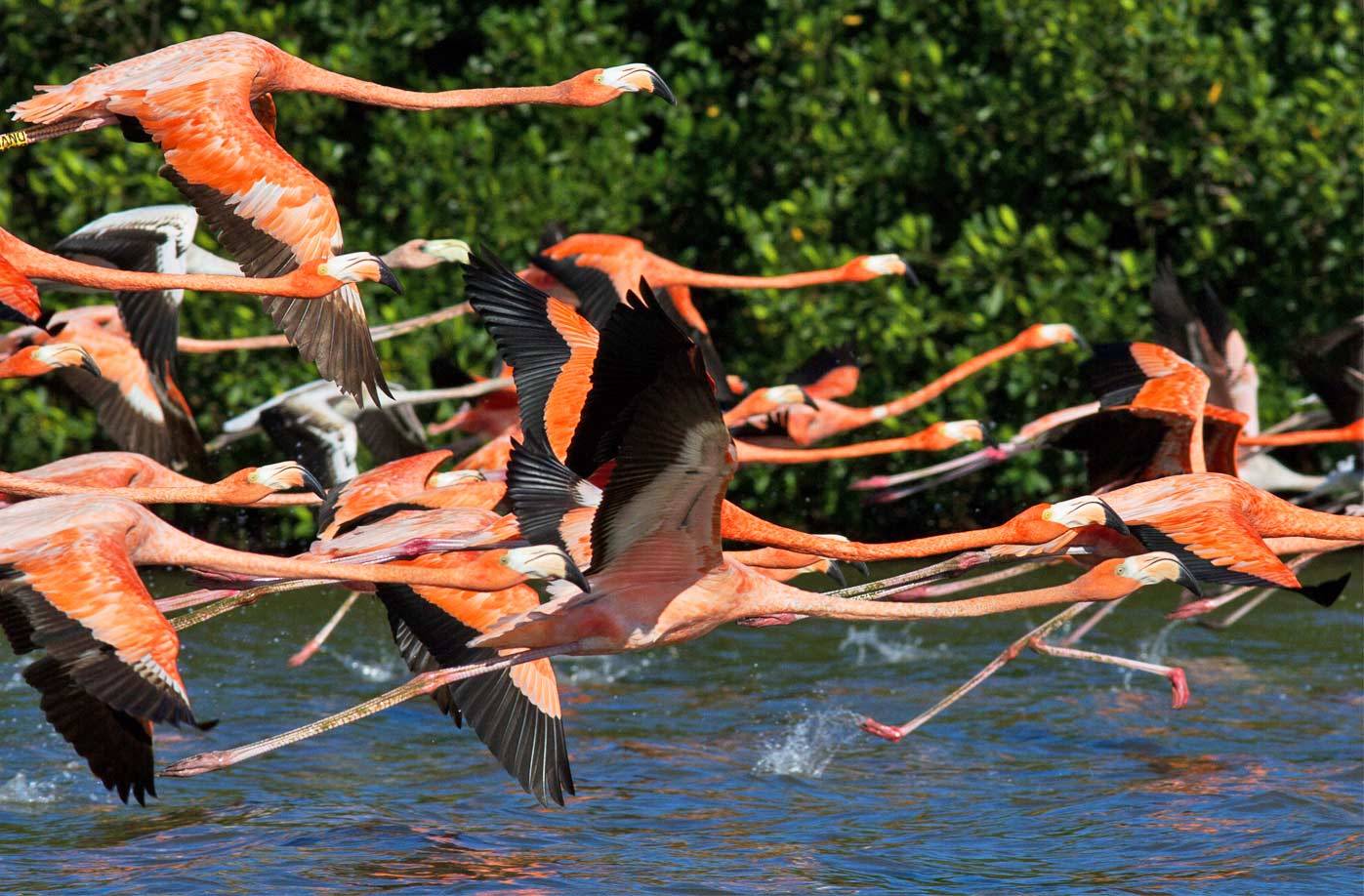
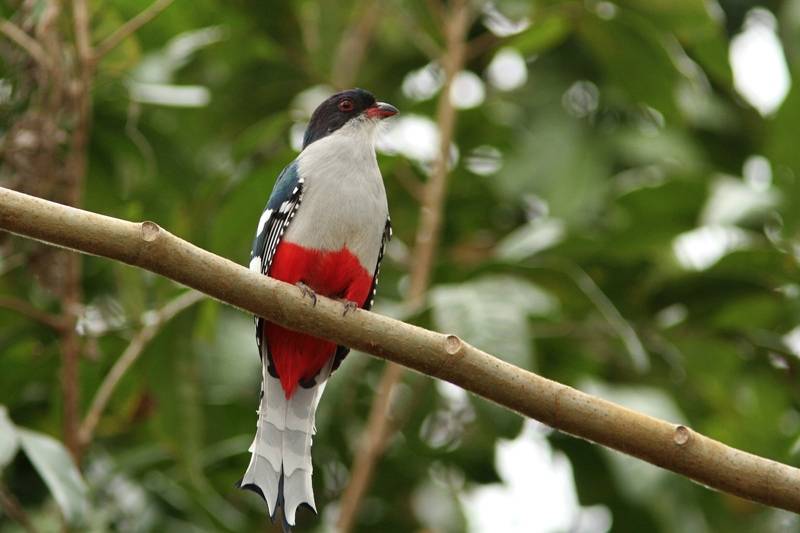

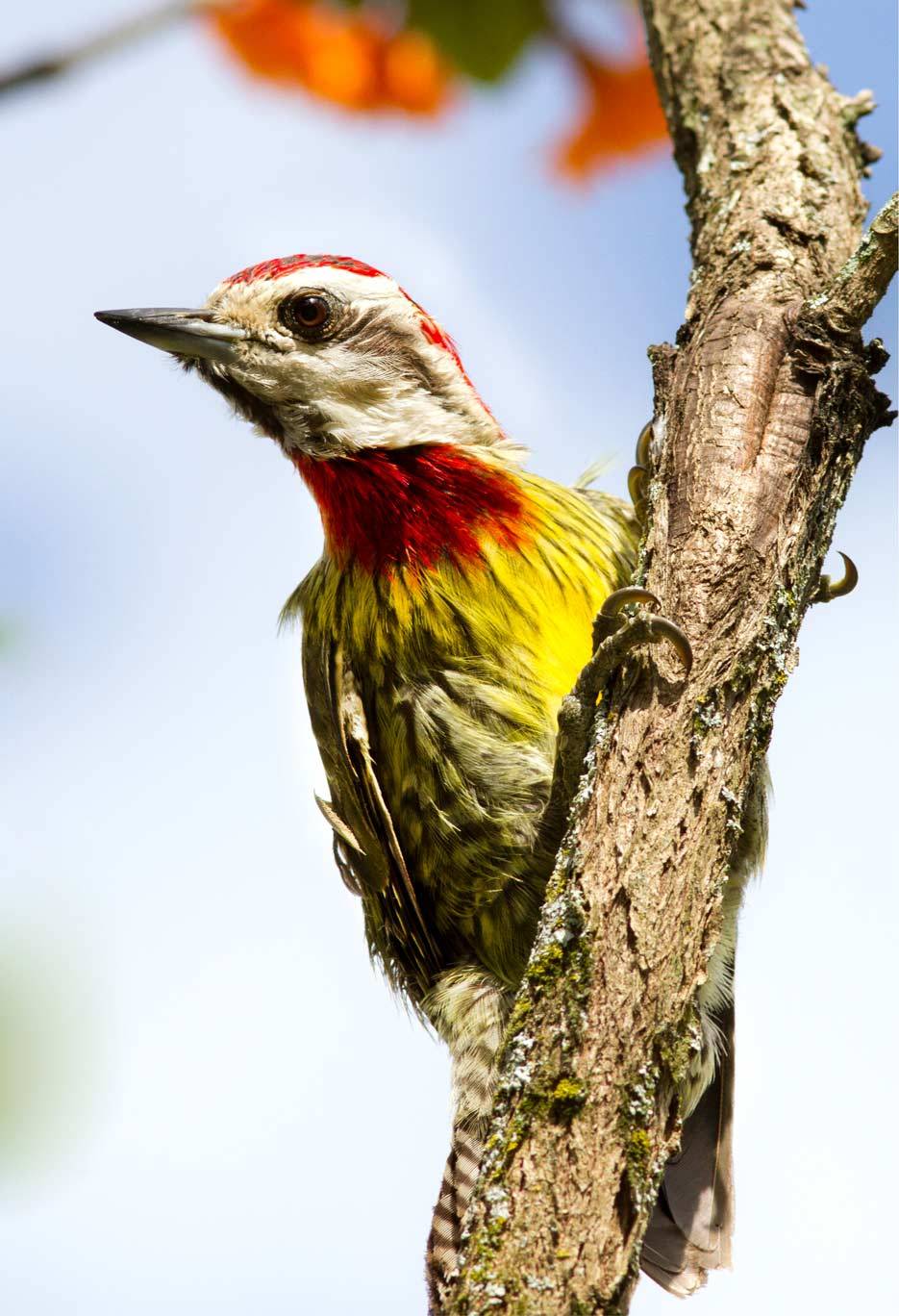
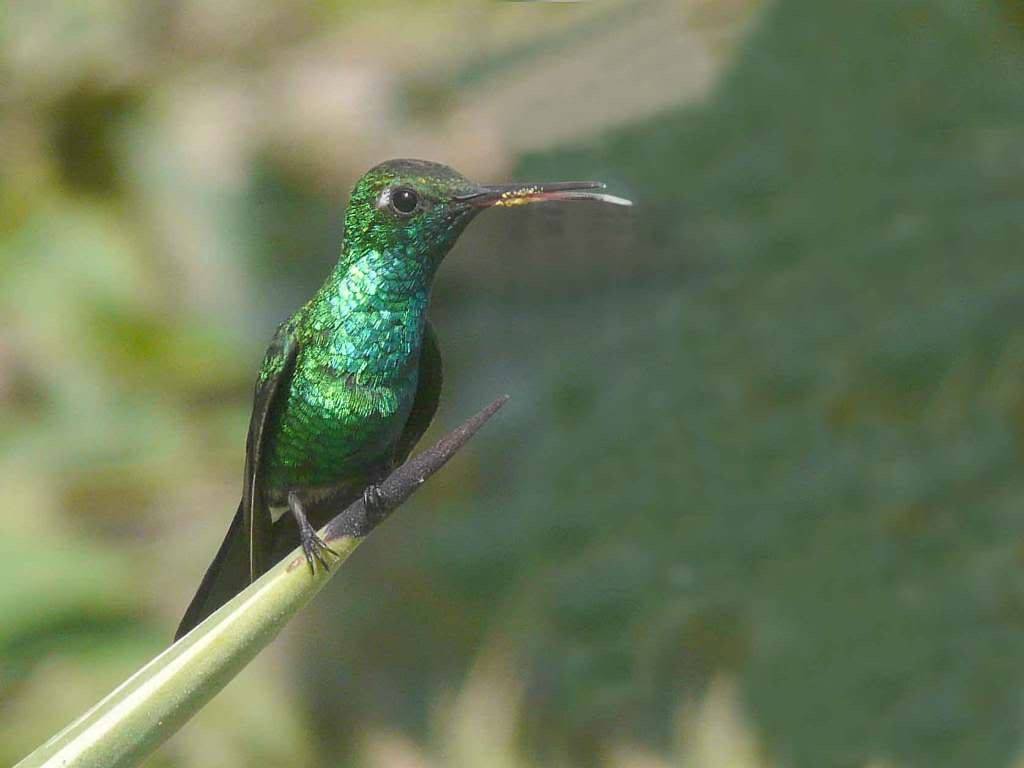

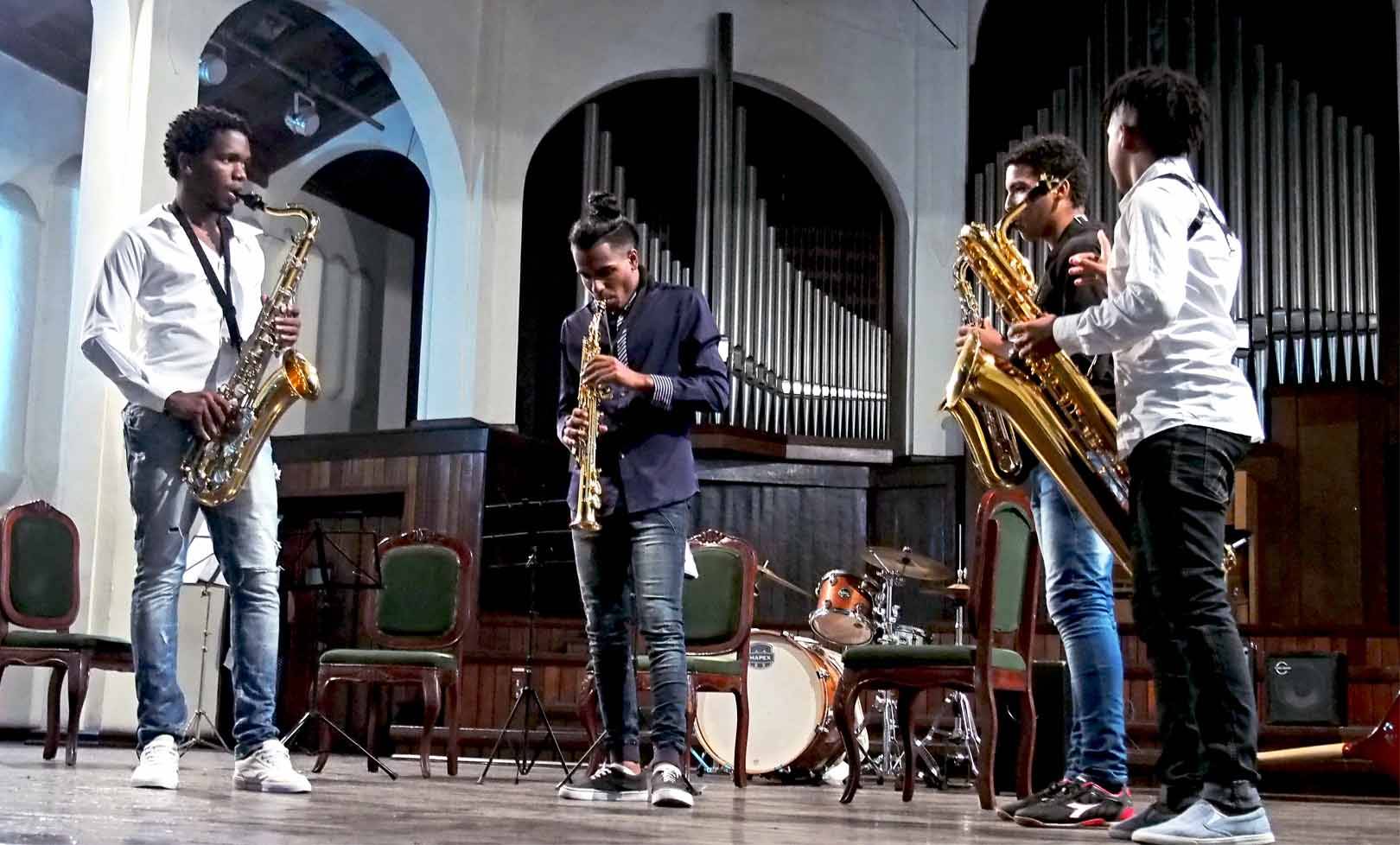
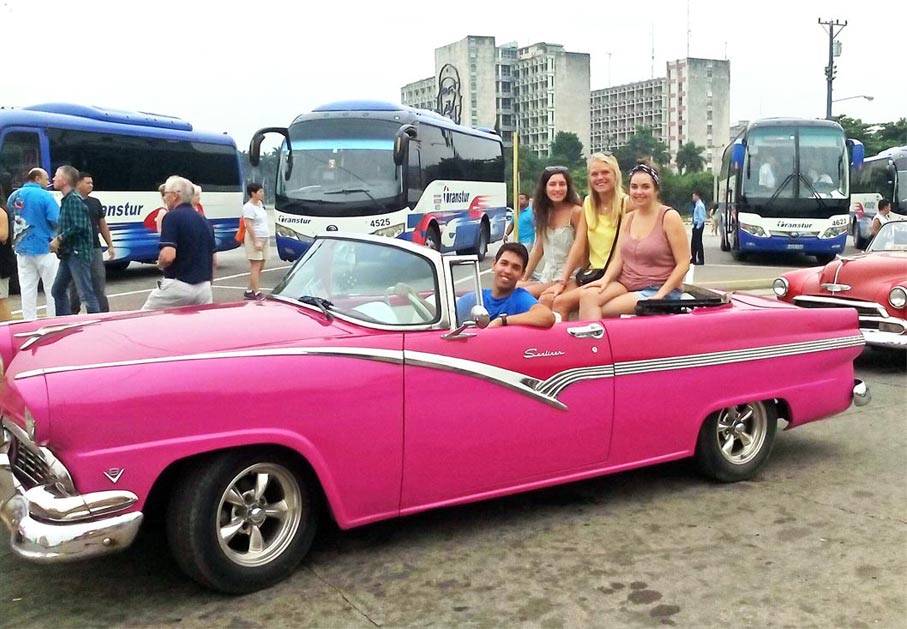
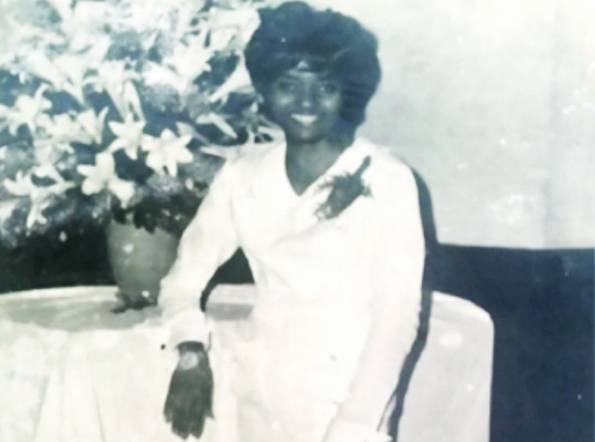
Comments
Be the first to comment!